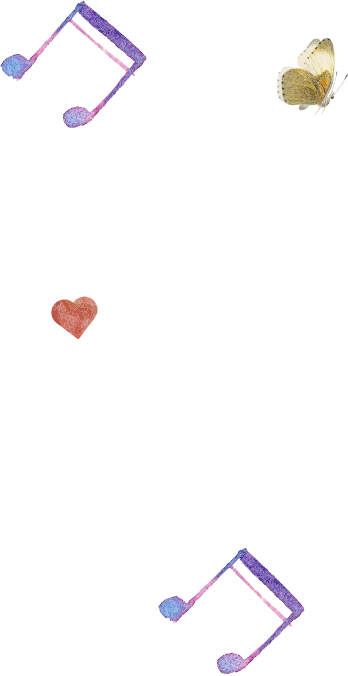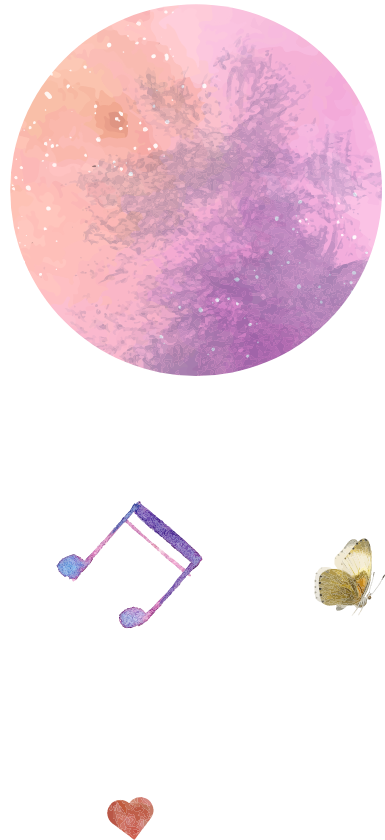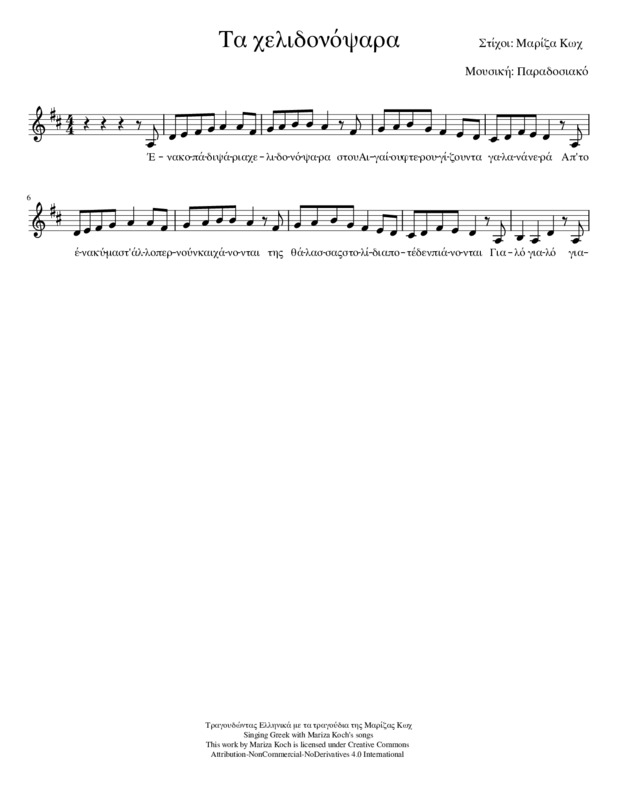
Ta chelidonopsara

Ta chelidonopsara
Pronunciation
The majority of fish names contain the consonant /ρ/ (r), in conjunction with the words “ύδωρ” (ydōr) and “νερό” (nero). Find names of fish that contain /r/ [σαρδέλα (sardela, sardine), σαργός (sargos, sargo), συναγρίδα (synagrida, common dentex), ροφός (rophos, grouper), μπαρμπούνι (barmpouni, red mullet), σπάρος (sparos, bream), etc.].
Speech Comprehension and Production
Personification and metaphor: flying fish as creatures bearing human characteristics. Older pupils can explore the allegory or the metaphysical element in the verses (light-dark, surface-bottom).
Younger pupils can describe the life of flying fish as shown in the verses: verbs that describe action, nouns about surrounding environment. Speech production activity: pupils in groups choose an animal and describe it using the corresponding nouns and verbs (in poetic language or prose).
Younger pupils can describe the life of flying fish as shown in the verses: verbs that describe action, nouns about surrounding environment. Speech production activity: pupils in groups choose an animal and describe it using the corresponding nouns and verbs (in poetic language or prose).
Music Activities
Comparison of the song with the traditional Ionian songs “Κάτω στον Άη-Γιώργη” (Katō ston Aē-Giōrgē) and “Εις τον αφρό της θάλασσας” (Eis ton aphro tēs thalassas": identification of similarities and differences, musically and lyrically.
Observation of the movement of the melody, using solfege on air indicating the changes of the pitch following the rhythm and the correlation with the content of the lyrics (the fish move from the bottom to the surface).
Listen to songs or music excerpts that refer to fish or sea and discuss the musical ideas of the composers ["La Mer" by C. Debussy, "Aquarium" by C. Saint-Saens, “Στου ροφού την μπλε σπηλιά” (Stou rophou tēn mple spēlia) by M. Koch, “Θάλασσα πλατιά” (Thalassa platia) by M.Chatzidaki, “Τα Καβουράκια” (Ta kavourakia) by V. Tsitsanē etc.].
Songs of the Aegean or Nēsiōtika or Aigaiopelagitika: common features in the structure and in the meter. Discussion on how the local environment affects the musical expression.
Create soundscapes using sounds of your voice, musical instruments and sound objects with the theme “Η ζωή στη θάλασσα” (Ē zōē stē thalassa) or “Ο θαλάσσιος βυθός” (O thalassios vythos).
Observation of the movement of the melody, using solfege on air indicating the changes of the pitch following the rhythm and the correlation with the content of the lyrics (the fish move from the bottom to the surface).
Listen to songs or music excerpts that refer to fish or sea and discuss the musical ideas of the composers ["La Mer" by C. Debussy, "Aquarium" by C. Saint-Saens, “Στου ροφού την μπλε σπηλιά” (Stou rophou tēn mple spēlia) by M. Koch, “Θάλασσα πλατιά” (Thalassa platia) by M.Chatzidaki, “Τα Καβουράκια” (Ta kavourakia) by V. Tsitsanē etc.].
Songs of the Aegean or Nēsiōtika or Aigaiopelagitika: common features in the structure and in the meter. Discussion on how the local environment affects the musical expression.
Create soundscapes using sounds of your voice, musical instruments and sound objects with the theme “Η ζωή στη θάλασσα” (Ē zōē stē thalassa) or “Ο θαλάσσιος βυθός” (O thalassios vythos).
Cross-thematic Connections - Greek Culture
Interdisciplinary concepts: environment, similarity-difference. Find fish and marine species that live in the Greek seas.
Development of ecological awareness (overfishing, pollution of the sea and coasts, indiscriminate human intervention in the balance of ecosystems).
Distinguish marine creatures that live on the bottom and near the surface of the sea [σφουγγάρια (sphoungaria, sponges), χταπόδια (chtapodia, octopus), γλώσσες (glōsses, solea), αφρόψαρα (aphropsara, skipjack), αθερίνες (atherines, smelts), χελιδονόψαρα (chelidonopsara, flying fish), etc.] and how the living environment shapes their characteristics.
Development of ecological awareness (overfishing, pollution of the sea and coasts, indiscriminate human intervention in the balance of ecosystems).
Distinguish marine creatures that live on the bottom and near the surface of the sea [σφουγγάρια (sphoungaria, sponges), χταπόδια (chtapodia, octopus), γλώσσες (glōsses, solea), αφρόψαρα (aphropsara, skipjack), αθερίνες (atherines, smelts), χελιδονόψαρα (chelidonopsara, flying fish), etc.] and how the living environment shapes their characteristics.
Age level
7-11 years old
Language level
Intermediate
Allegory
Sea




